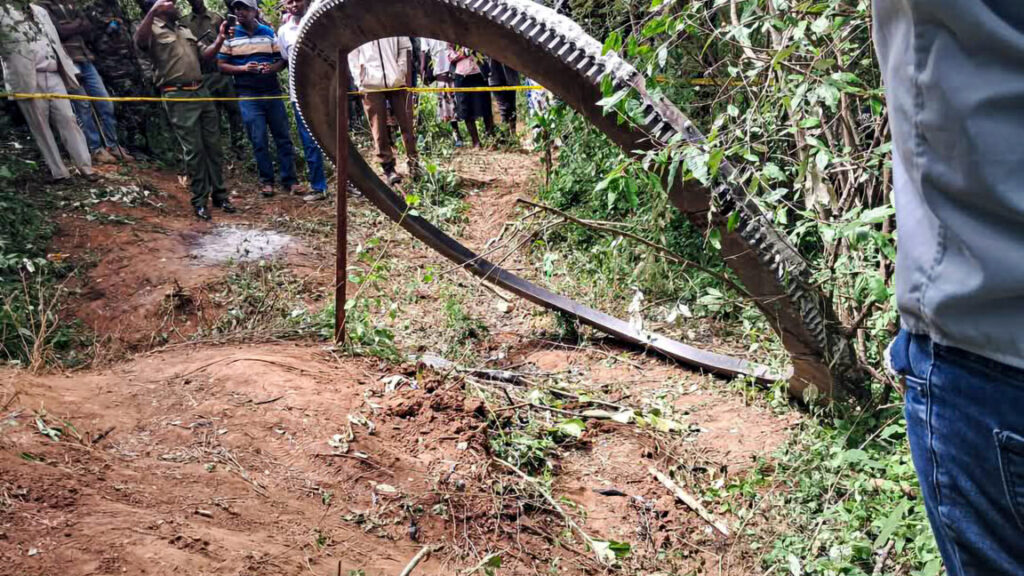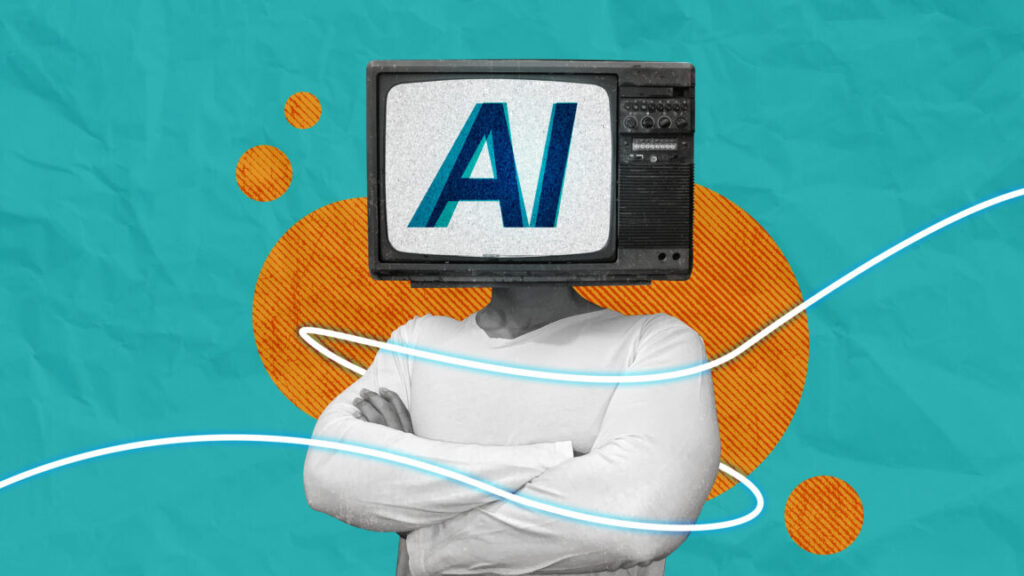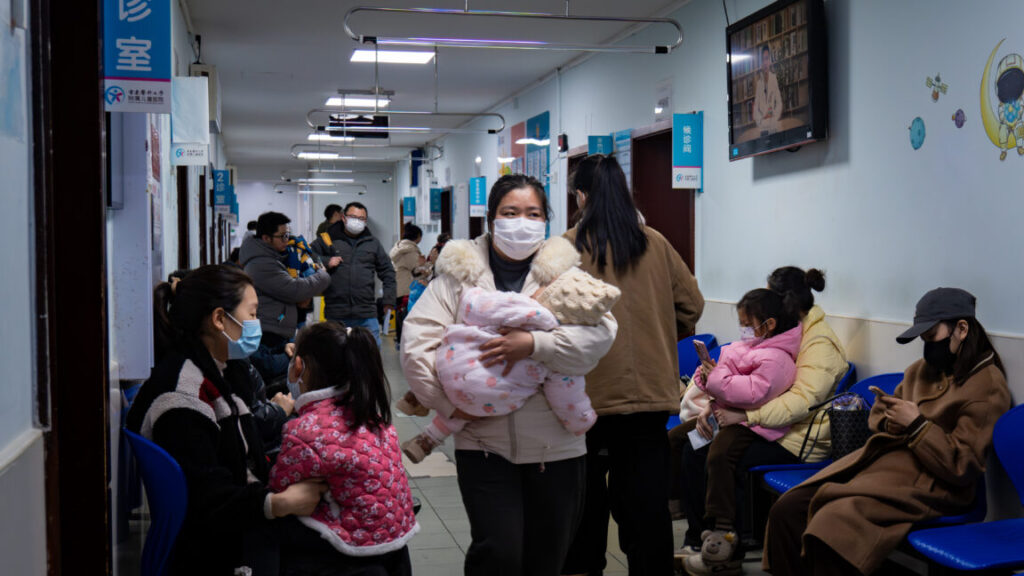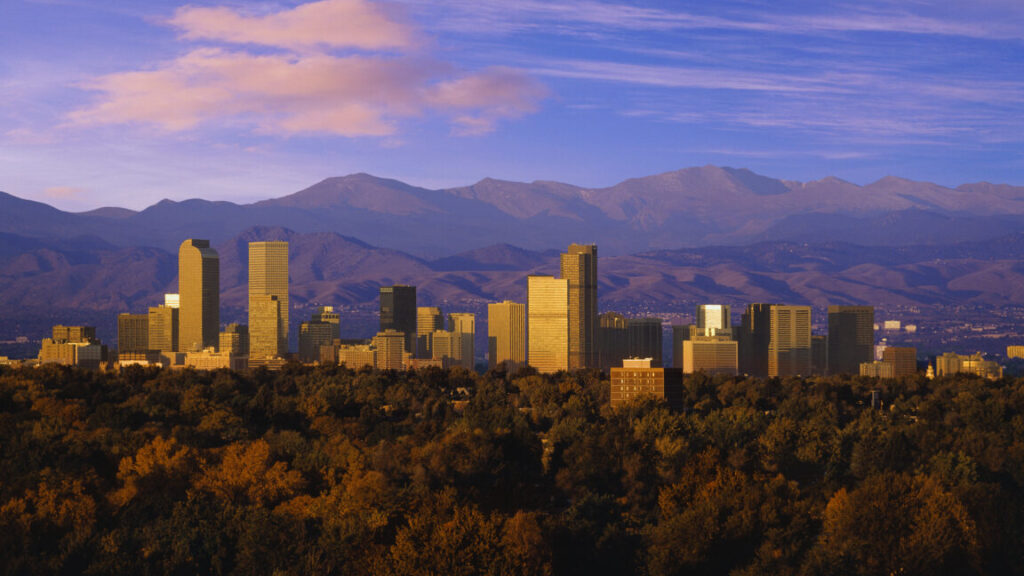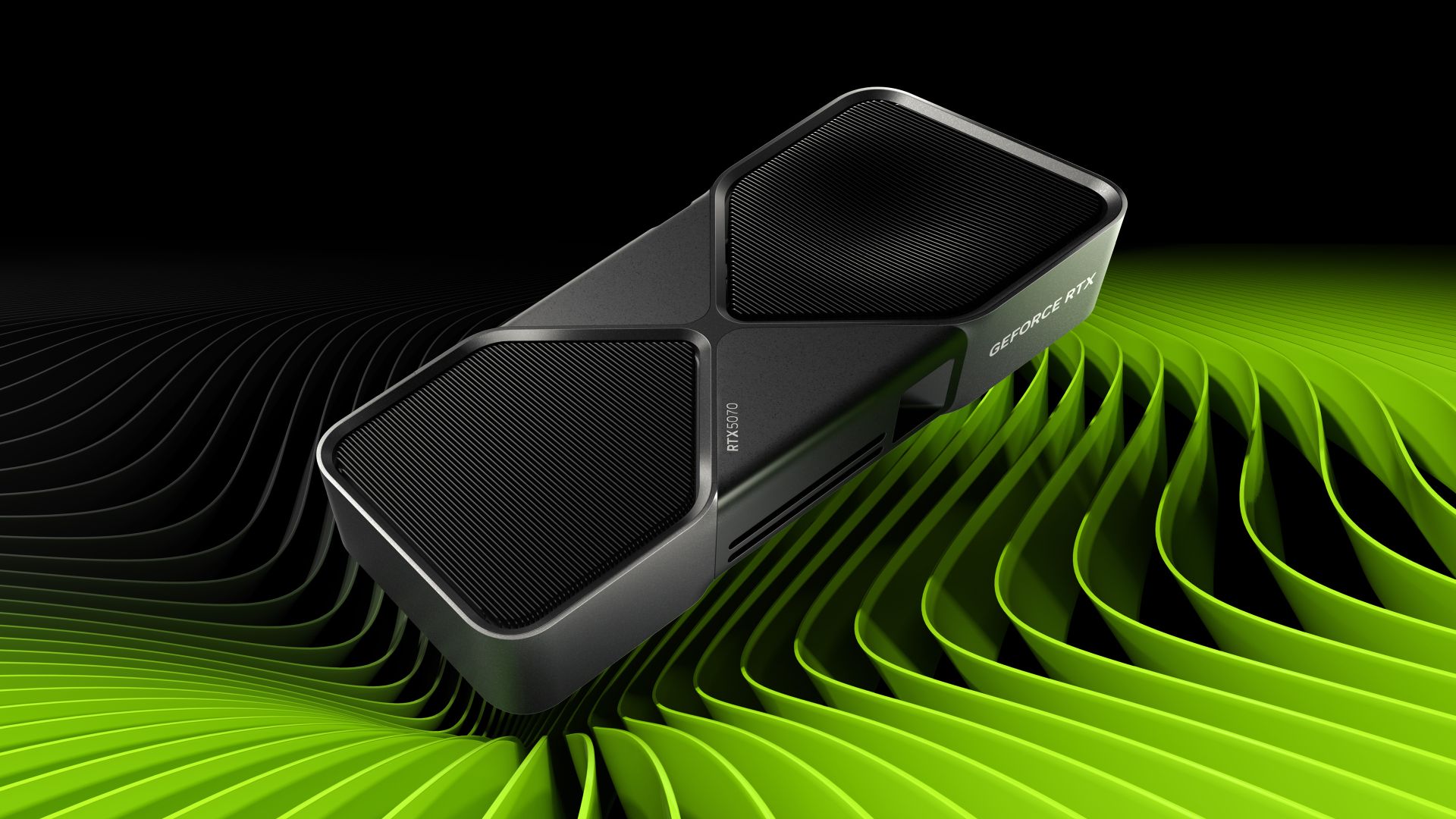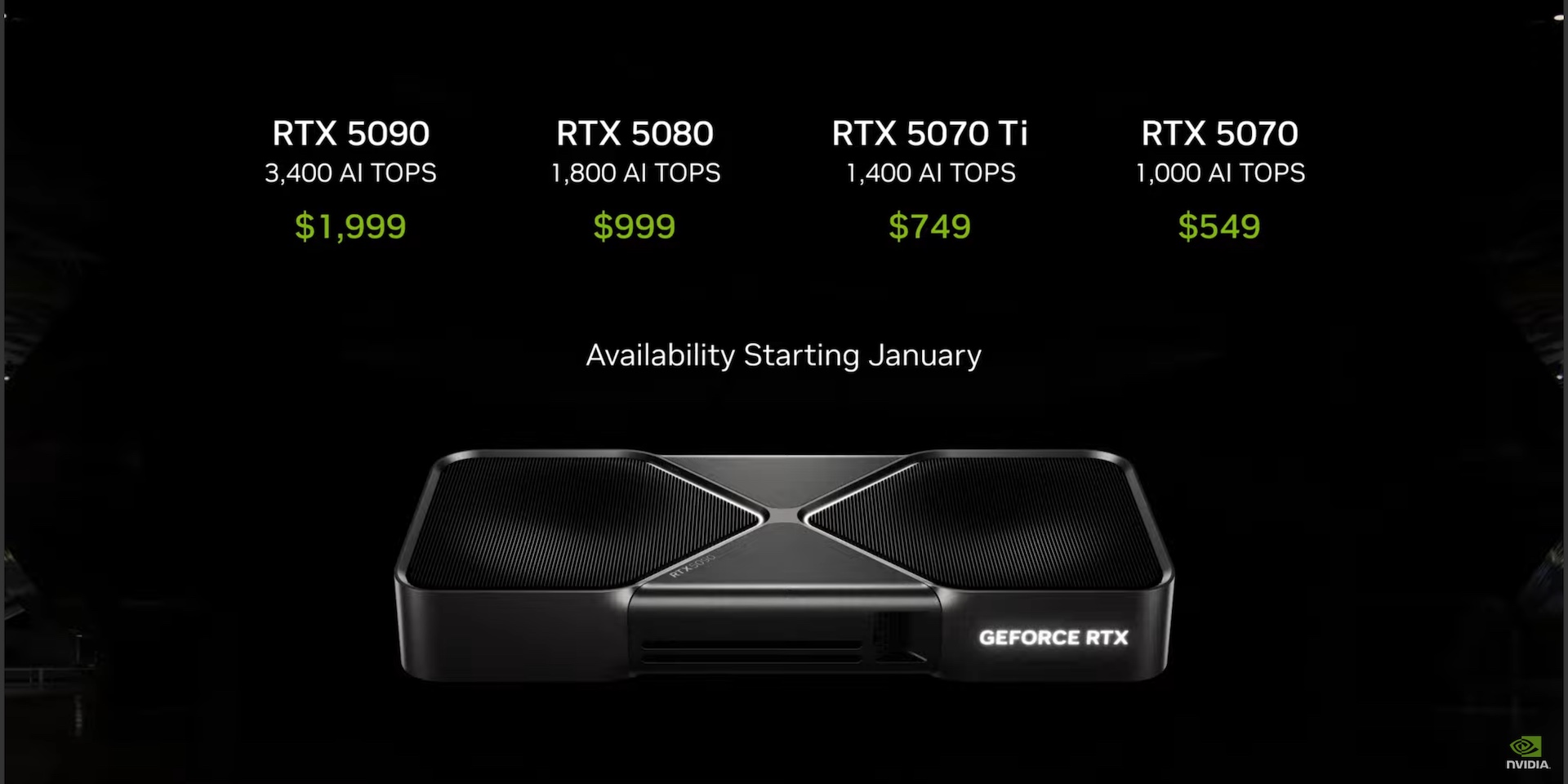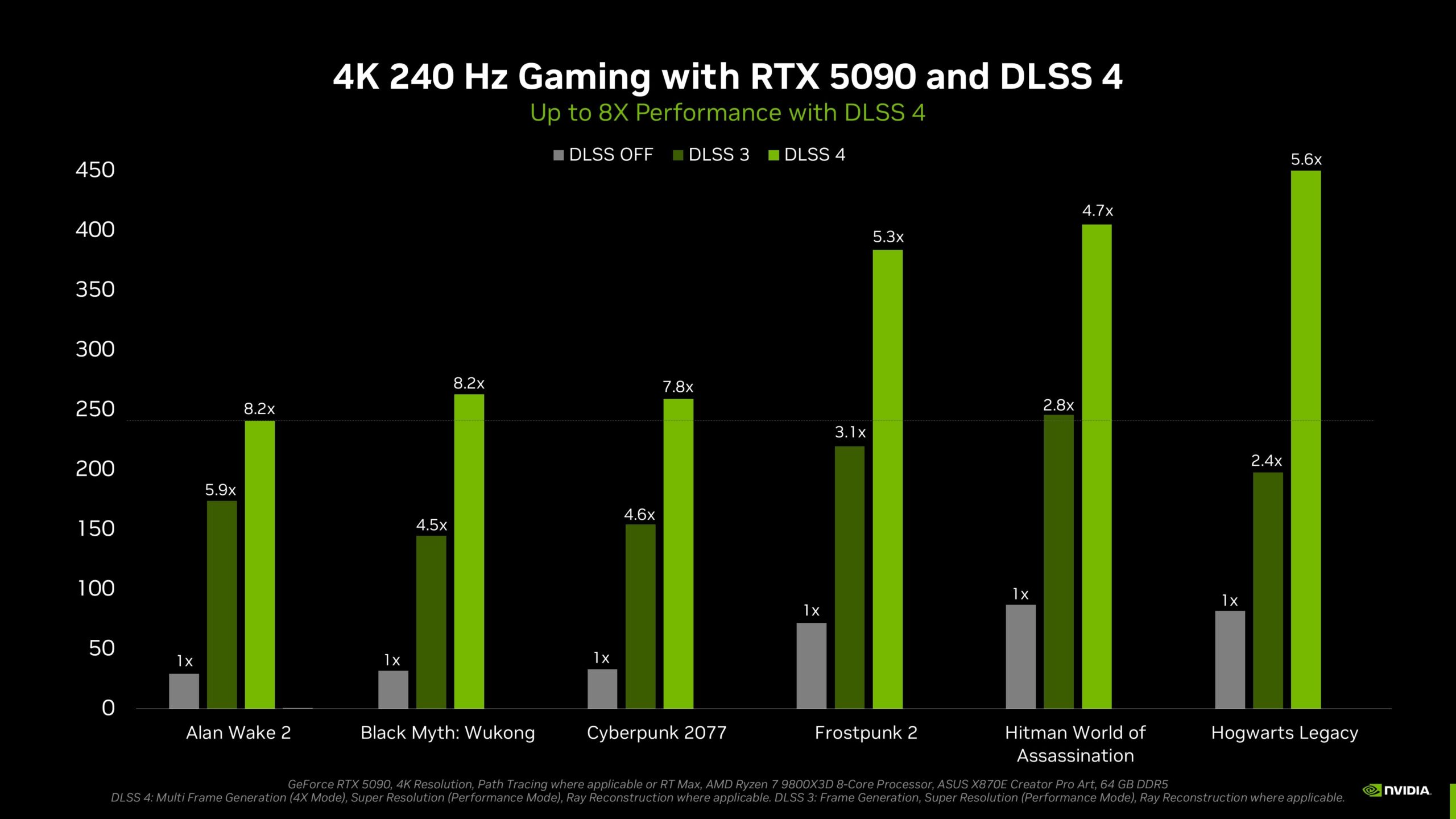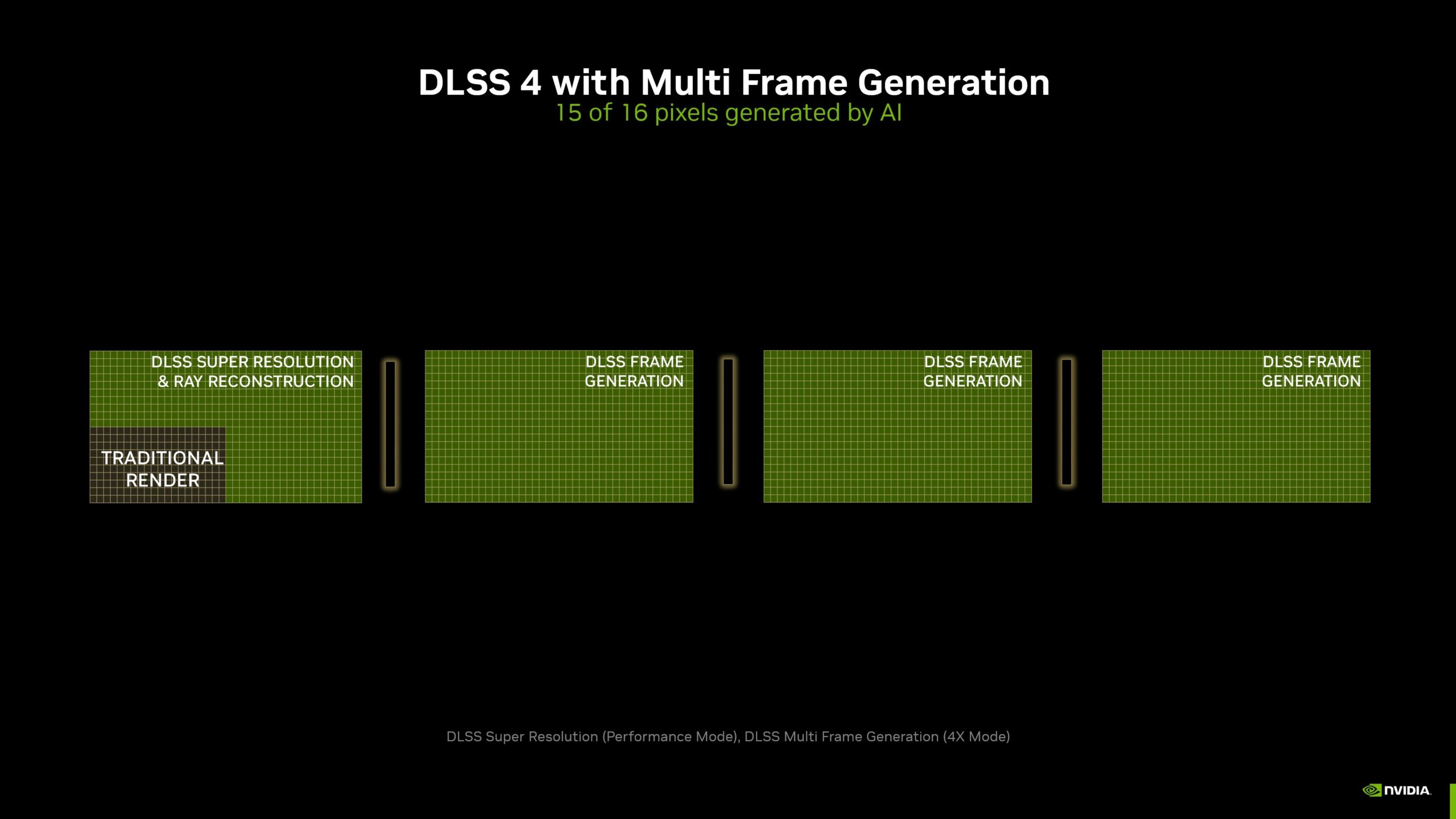Supreme Court lets Hawaii sue oil companies over climate change effects
On Monday, the Supreme Court declined to decide whether to block lawsuits that Honolulu filed to seek billions in damages from oil and gas companies over allegedly deceptive marketing campaigns that hid the effects of climate change.
Now those lawsuits can proceed, surely frustrating the fossil fuel industry, which felt that SCOTUS should have weighed in on this key “recurring question of extraordinary importance to the energy industry” raised in lawsuits seeking similarly high damages in several states, CBS News reported.
Defendants Sunoco and Shell, along with 15 other energy companies, had asked the court to intervene and stop the Hawaii lawsuits from proceeding. They had hoped to move the cases out of Hawaii state courts by arguing that interstate pollution is governed by federal law and the Clean Air Act.
The oil and gas companies continue to argue that greenhouse gas emissions “flow from billions of daily choices, over more than a century, by governments, companies, and individuals about what types of fuels to use, and how to use them.” Because of this, the companies believe Honolulu was wrong to demand damages based on the “cumulative effect of worldwide emissions leading to global climate change.”
“In these cases, state and local governments are attempting to assert control over the nation’s energy policies by holding energy companies liable for worldwide conduct in ways that starkly conflict with the policies and priorities of the federal government,” oil and gas companies unsuccessfully argued in their attempt to persuade SCOTUS to grant review. “That flouts this court’s precedents and basic principles of federalism, and the court should put a stop to it.”
Supreme Court lets Hawaii sue oil companies over climate change effects Read More »

